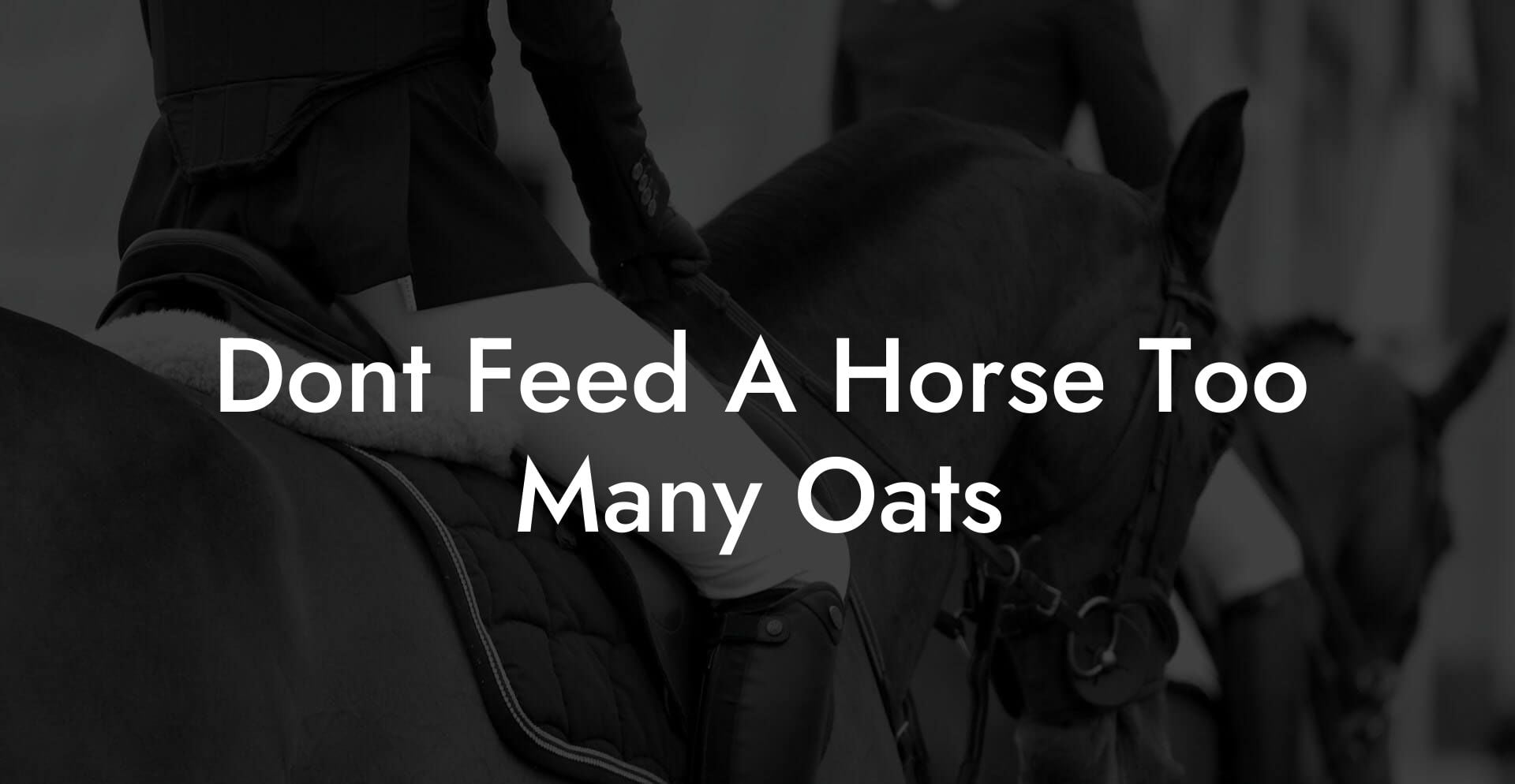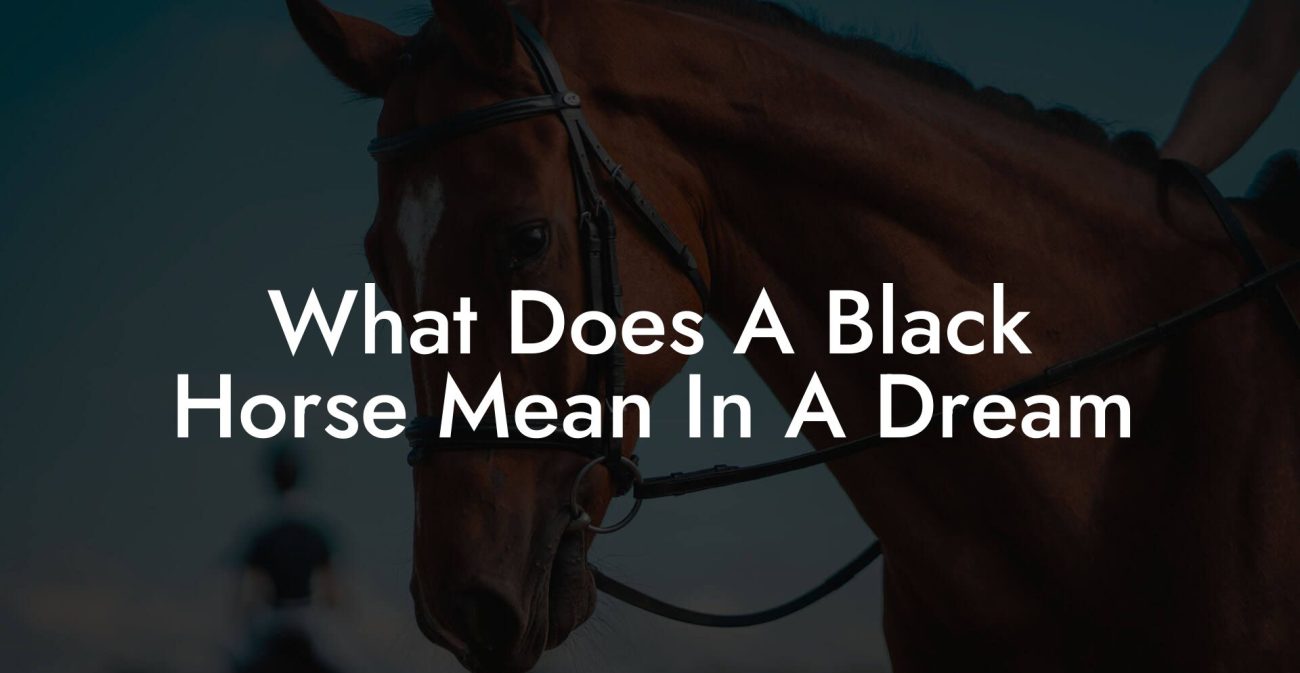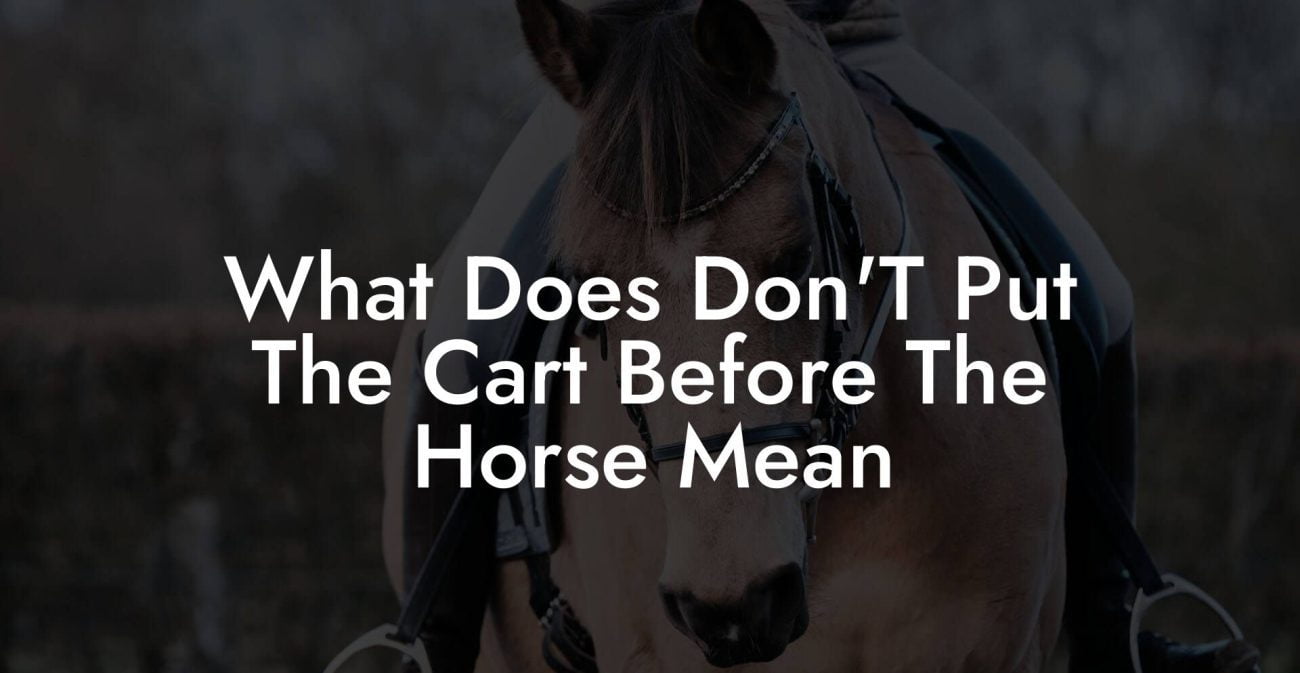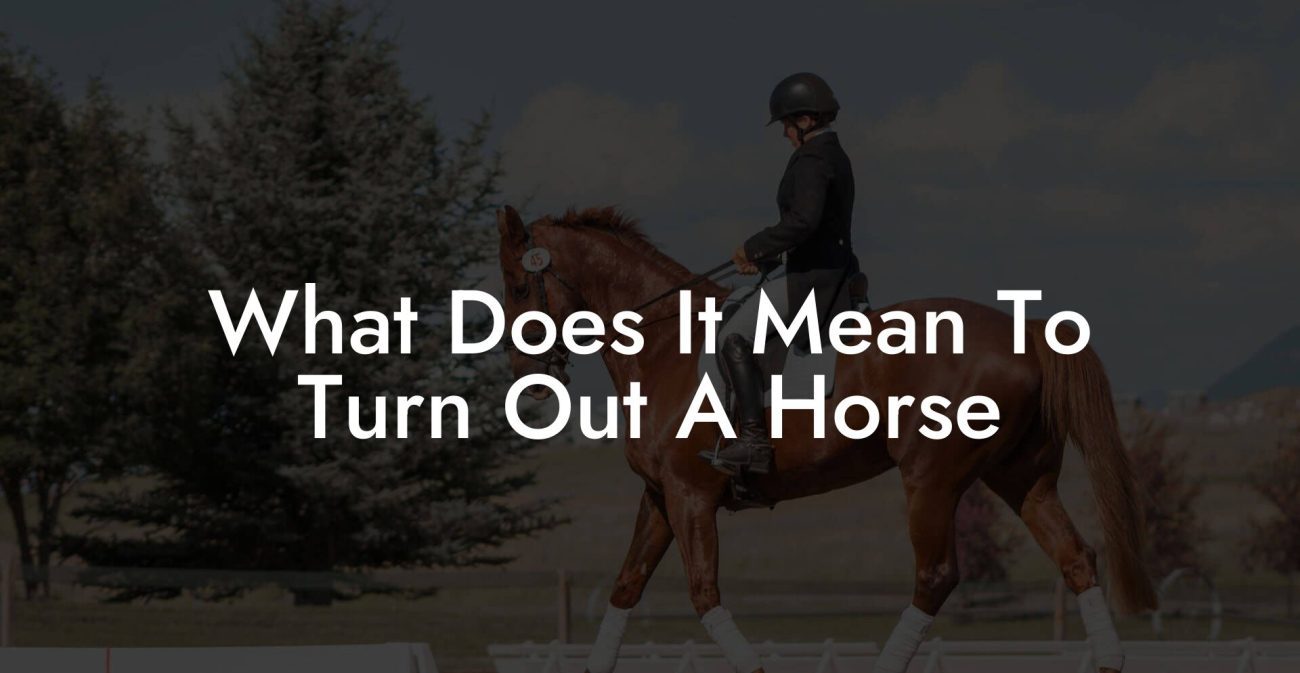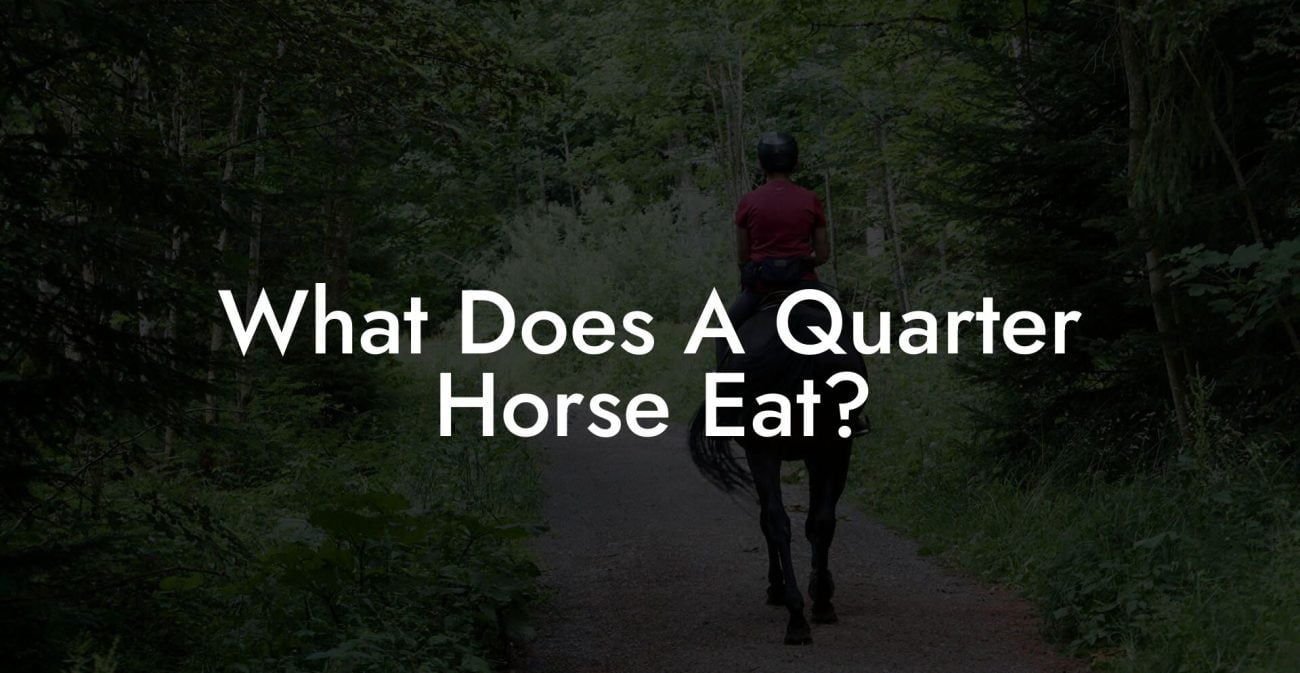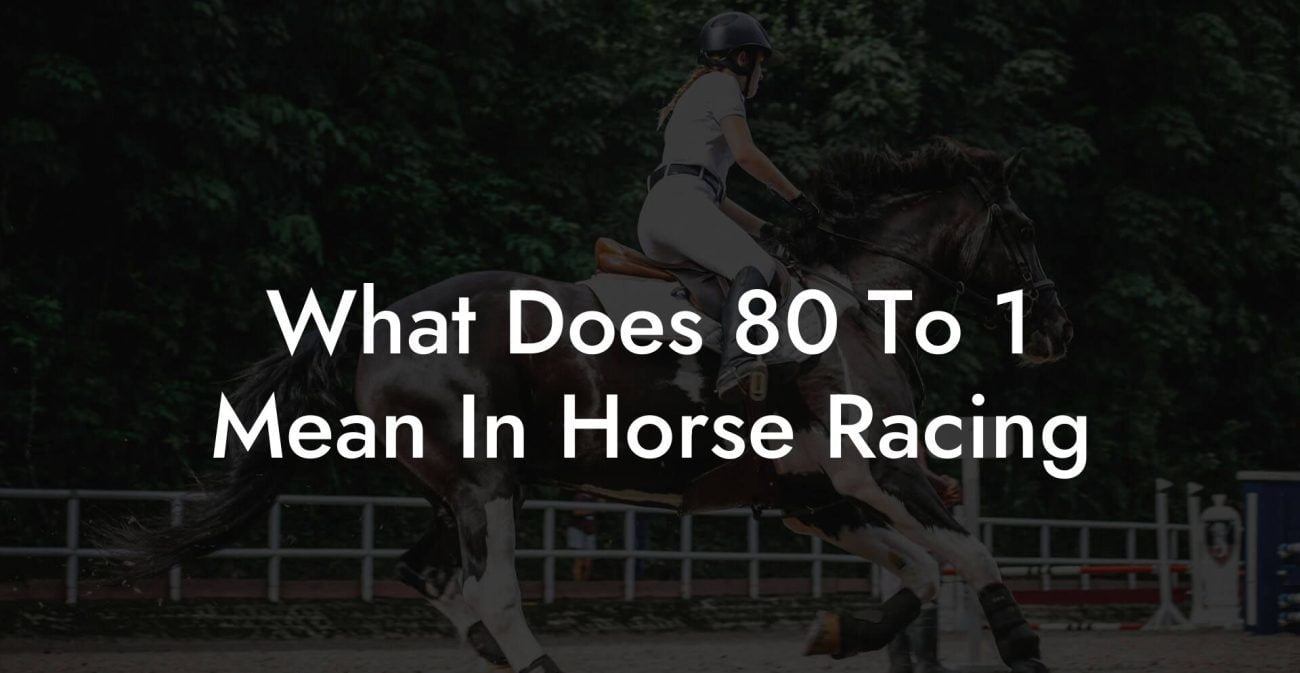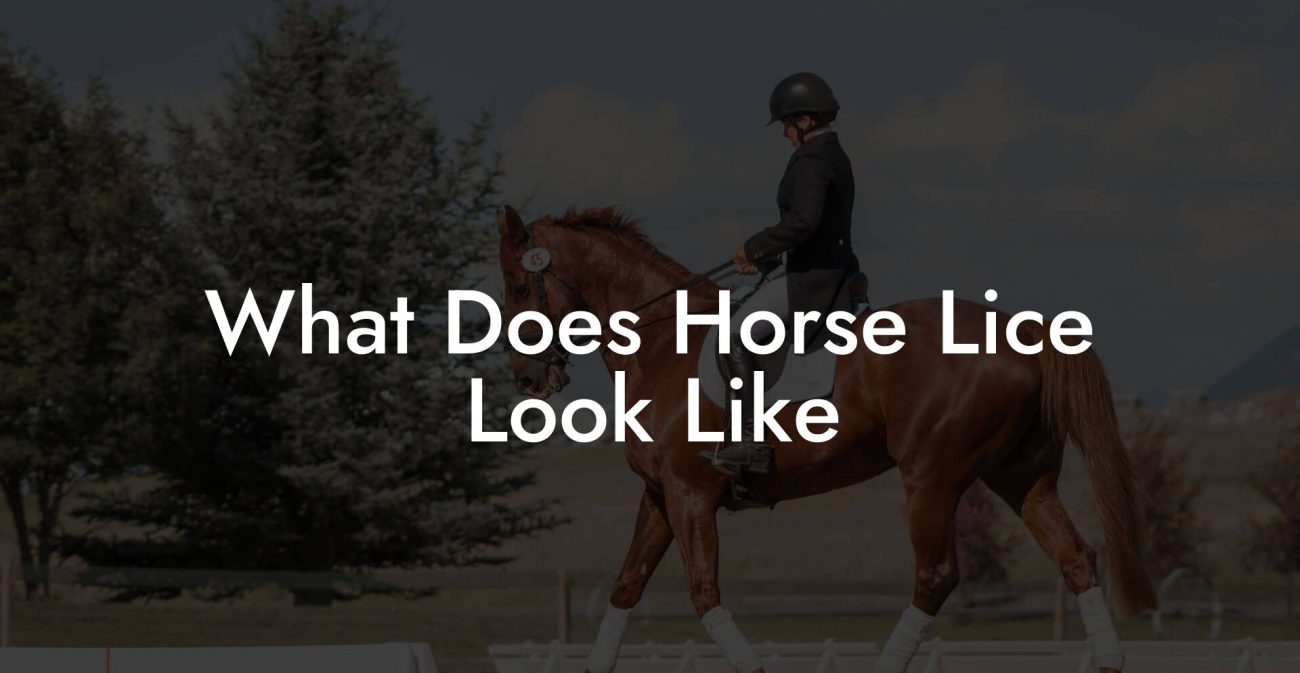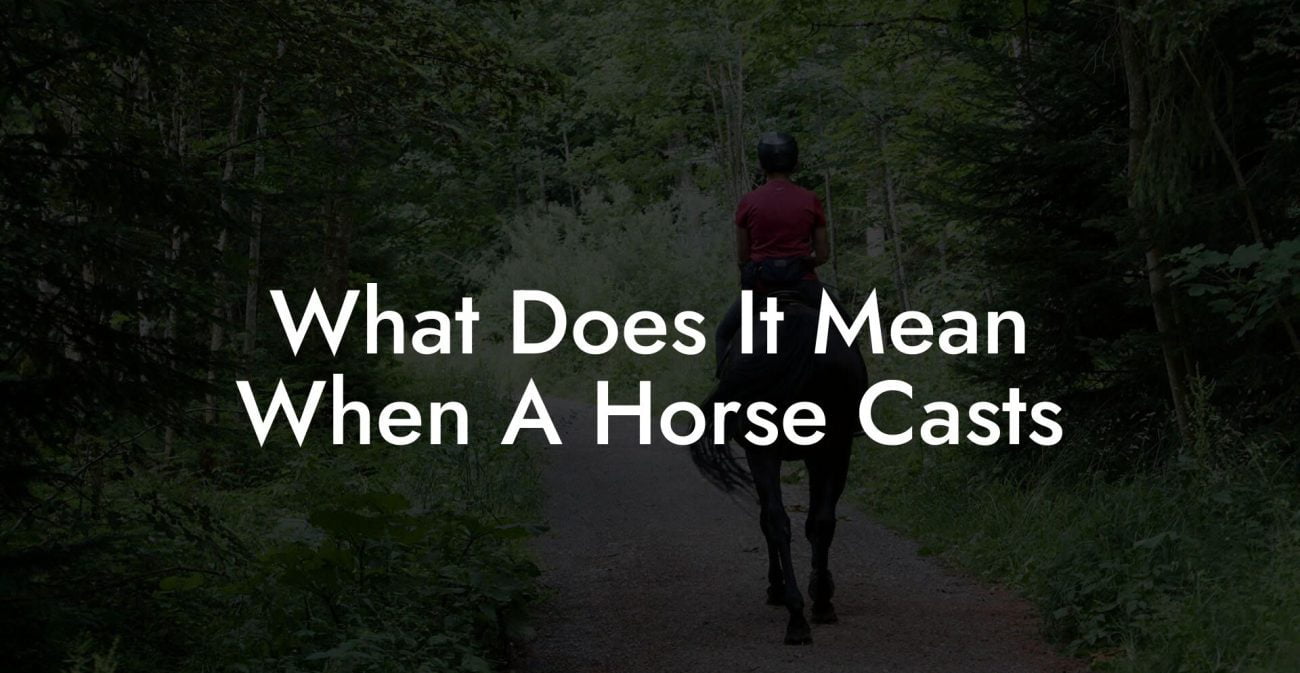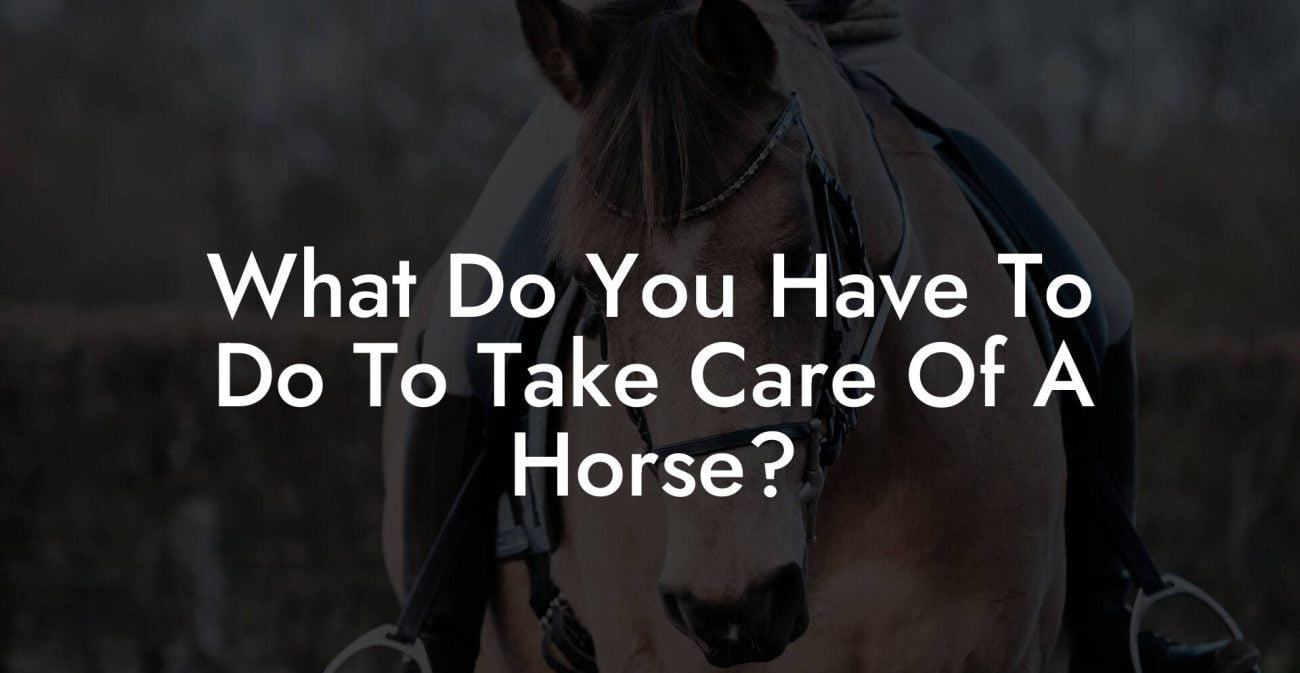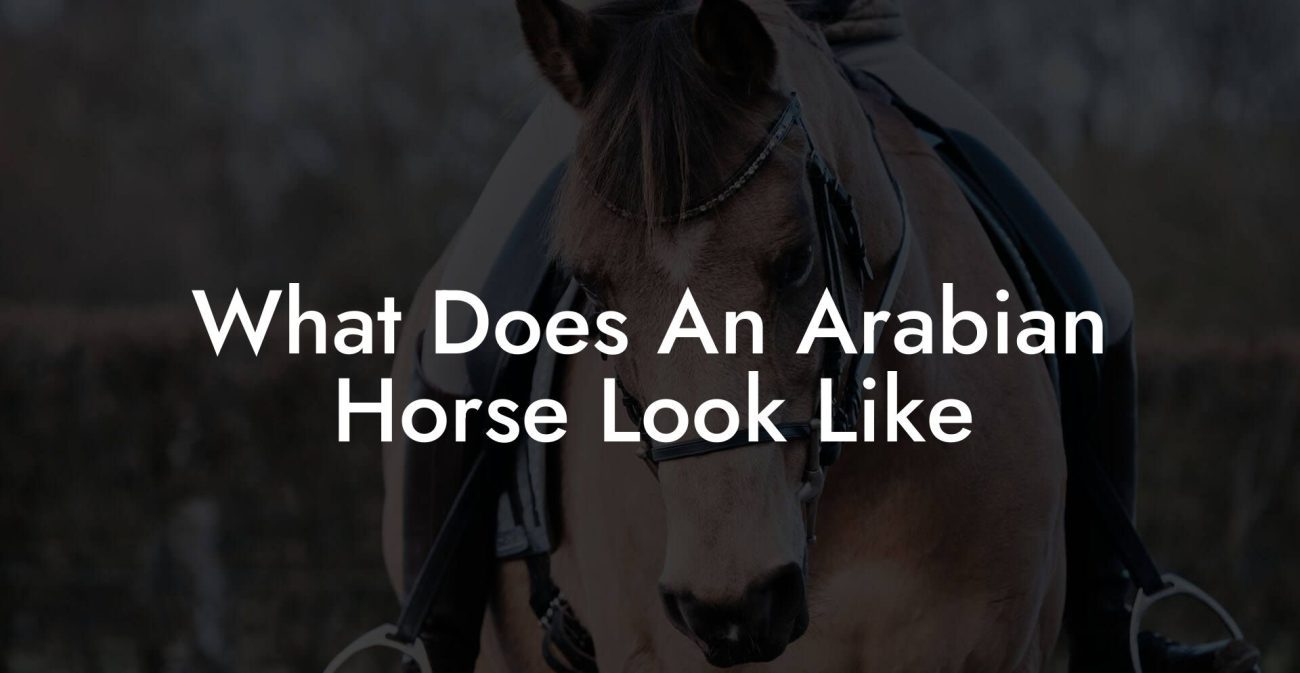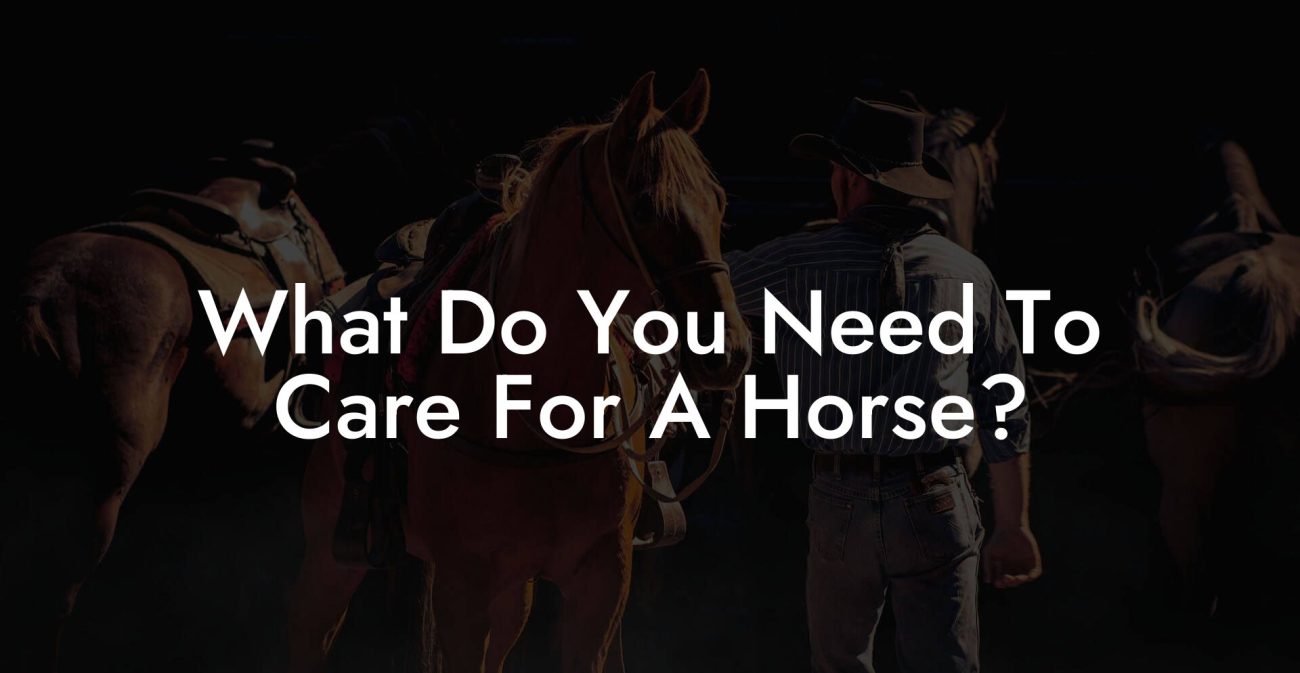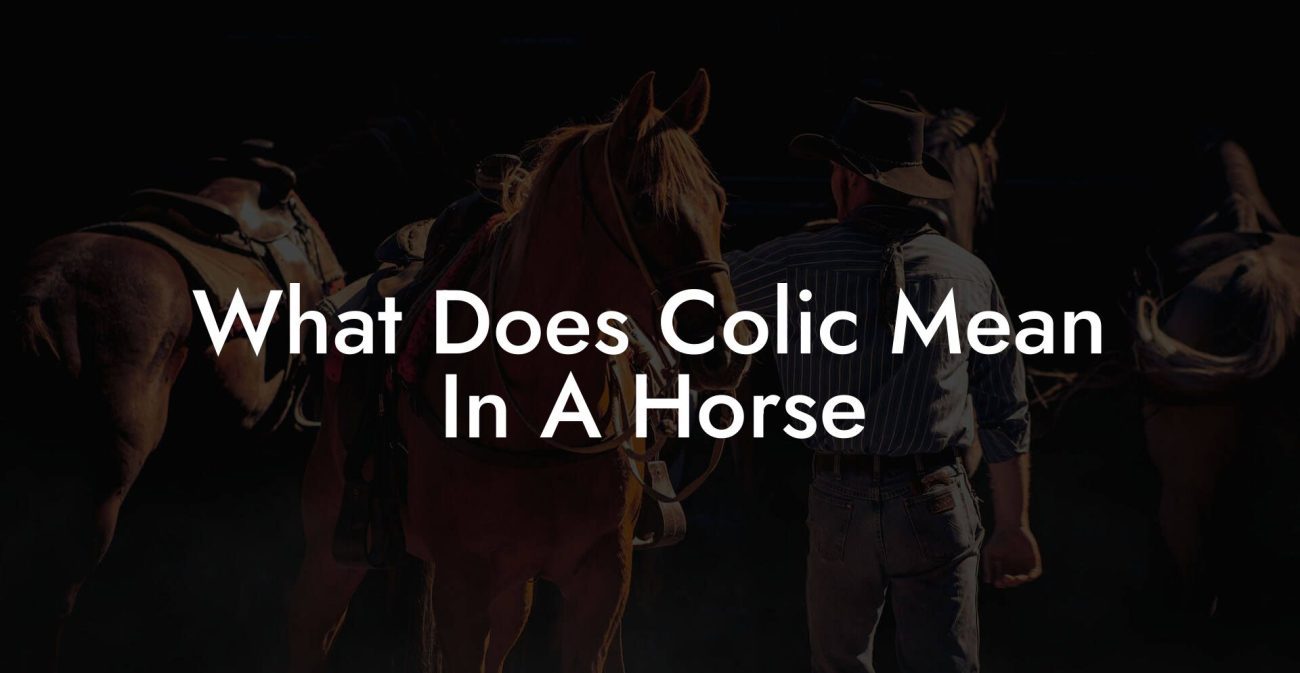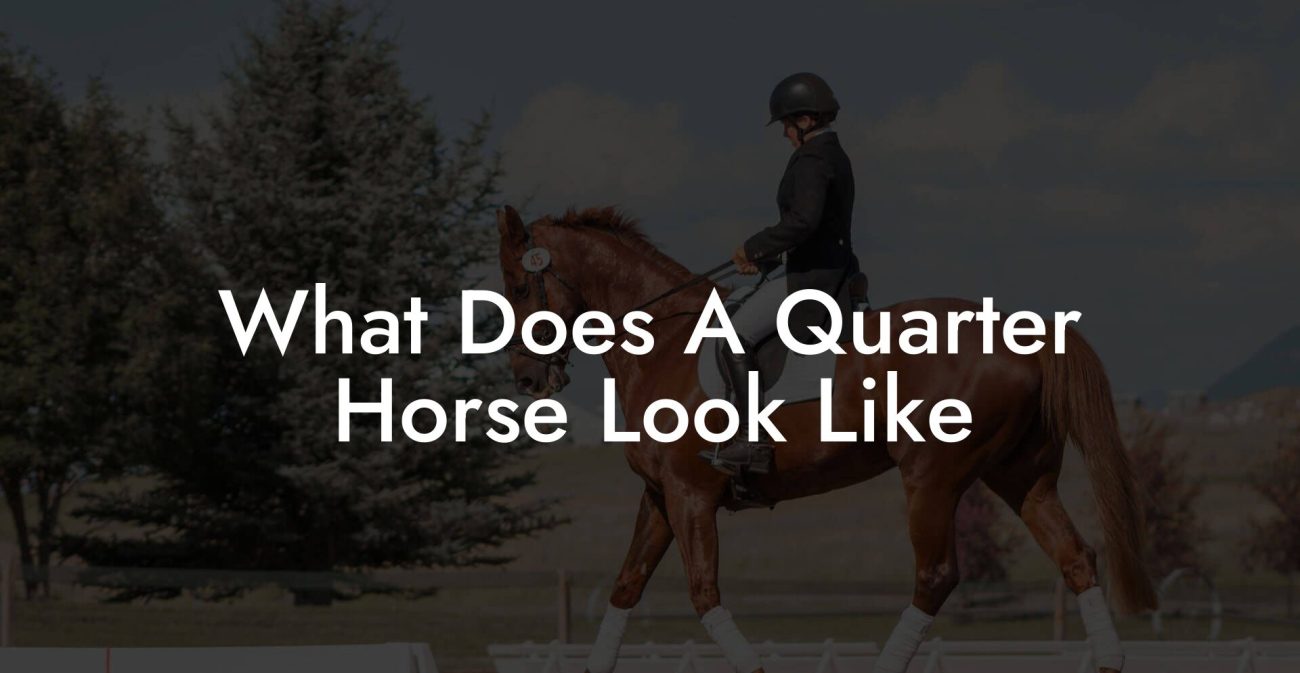Ever wondered why your favorite four-legged friend seems to toss its head dramatically when you mention oats? It’s not a disdain for the humble grain, it’s a tale of balance, nutrients, and a dash of equine attitude. In this deep dive into the world of horse feeding, we’re serving up all the insider tips on why you should never, ever, give your horse a never-ending buffet of oats. Forget the old “more is better” mantra; when it comes to feeding horses, especially oats, moderation is the secret ingredient to a happy, healthy steed.
Quick Links to Useful Sections
- Understanding the Oat Obsession in Horsemanship
- The Basics of Equine Nutrition: More Than Just Oats
- Why Oats Can Be a Double-Edged Sword
- Decoding the Equine Digestive System
- Feeding Best Practices: Moderation, Variety, and Timing
- Embrace Variety in the Feed Bin
- Measuring Matters: Portion Control is Key
- Timing Your Feedings
- Monitor and Adjust
- Balancing Oats with Roughage: The Ultimate Equine Diet
- Special Considerations: Tailoring Feed for Different Horse Types
- Young Horses
- Performance Horses
- Mature and Senior Horses
- Integrating Modern Science With Traditional Wisdom
- DIY Equine Feed Recipes and Feeding Schedules: A Practical Approach
- Recipe 1: The Balanced Boost Bowl
- Recipe 2: The Energy Gradual Gainer
- Feeding Schedule Tips
- Managing Health Issues Related to Overfeeding Oats
- Case Studies: Lessons from the Stable
- Case Study 1: Bella’s Bounce Back
- Case Study 2: The Transformation of Thunder
- Case Study 3: Grace in Her Golden Years
- Resources and Community Support: Your Next Steps
- Frequently Asked Questions About Feeding Oats the Right Way
- Your Journey to Equine Nutrition Mastery
Understanding the Oat Obsession in Horsemanship
For centuries, oats have been the go-to feed for horses, conjuring images of bucolic pastures and noble steeds chowing down like kings. But in our modern equine care world, dosages matter. Gen Z and millennial horse owners alike are discovering that good horse nutrition isn’t about loading up on oats, it’s about creating a balanced diet that addresses all aspects of your horse’s health.
Oats are undoubtedly nutritious, offering energy and a small amount of fiber and protein. Yet, like any superfood, they can go from being a beneficial treat to a dietary hazard when overfed. In the same way that you wouldn’t binge-watch your favorite show non-stop (at least, not without consequences), overloading your horse’s diet with oats can lead to everything from digestive issues to serious metabolic problems.
In this guide, we’re unpacking the science behind oats, cutting through myths and misconceptions, and equipping you with strategies to create a more balanced feeding routine. Whether you’re a seasoned equestrian or a curious newbie, our goal is to help you master the art of equine nutrition with a pinch of humor and a heavy dose of practical advice.
The Basics of Equine Nutrition: More Than Just Oats
Horses are not small dogs, they’re large, complex animals with an intricate digestive system designed to process a variety of fibrous plants. While oats can be a part of your horse’s diet, they’re just one piece of the puzzle.
At the heart of equine nutrition is the idea of balance. Think of it like curating your own Spotify playlist: a little bit of upbeat rock (energy) mixed with chill indie (fiber), some classical (essential vitamins and minerals), and a dash of electronic (protein) creates a perfect harmony. Here’s what you need to know:
- Forage First: The majority of a horse’s diet should consist of high-quality forage such as grass or hay. This is the digestive system’s best friend.
- Grains in Moderation: Grains like oats are energy-dense, so they should be given in measured quantities to avoid digestive upsets.
- Balanced Vitamins and Minerals: From calcium to magnesium, these micronutrients are essential. Relying solely on oats can create imbalances.
- Water is Life: Ensure constant access to fresh, clean water to help with digestion and nutrient absorption.
By focusing on a varied diet, you not only support the horse’s energy needs but also promote optimal gut health, a key factor in preventing issues that arise from too many oats.
Why Oats Can Be a Double-Edged Sword
Let’s break it down: oats are like that charismatic friend who’s fun to be around but can occasionally lead you into a wild night you can’t remember. When fed in moderation, oats deliver a burst of energy, which is ideal for performance horses or those with high-energy needs. However, when you overdo it, the consequences can be as dramatic as a viral social media fail.
Here are some reasons why overfeeding oats might throw your horse’s system into disarray:
- Digestive Upsets: Horses have a delicate gut flora. Too many oats can lead to colic, diarrhea, or even laminitis (a painful inflammation of the hoof).
- Blood Sugar Spikes: Oats are rich in starch and sugar. Excessive consumption can result in rapid rises in blood sugar, potentially leading to metabolic issues commonly seen in horses like Equine Metabolic Syndrome.
- Nutritional Imbalance: Over-reliance on oats may crowd out other essential feed components, such as essential vitamins and minerals that come from diverse forages.
- Weight Issues: Just like that extra slice of pizza might tip the scale for you, too many oats can cause weight gain or other health challenges in horses.
In summary, while oats are not the enemy, they must be integrated thoughtfully into your horse’s meal plan. Think of them as a seasoning, not the main course.
Decoding the Equine Digestive System
To truly understand why oats, and any feed for that matter, must be given in the right quantities, we need to get up close and personal with the equine digestive system. Horses are hindgut fermenters, meaning that their digestion largely occurs in the cecum and colon. This unique process helps them break down fibrous plant material, turning it into energy.
When you introduce something like oats into their diet, the small intestine handles much of the starch breakdown. However, there’s a limit to how much starch can be processed in this part of the digestive tract. Overloading it can lead to undigested starch making its way to the hindgut, where it ferments, leading to imbalances in the gut flora.
The result? Issues ranging from mild digestive discomfort to severe conditions like colic and laminitis. In effect, oats can tip the delicate balance of your horse’s microbial ecosystem, and that’s one viral video you definitely don’t want your horse to star in.
Feeding Best Practices: Moderation, Variety, and Timing
Now that we’ve established why too many oats are a no-go, let’s talk about how to actually feed your horse in a way that keeps it both nourished and satisfied. This section is all about practical tips, intelligently blended with some real-talk for the modern equestrian.
Embrace Variety in the Feed Bin
The golden rule? Variety is the spice of life. Integrate a mix of high-quality hay, pasture grazing, and a controlled amount of oats. You could also add other grains or supplements as needed, but always under the guidance of a nutritionist or equine vet.
Measuring Matters: Portion Control is Key
It’s not enough to simply throw some oats into the feed bucket and hope for the best. Use a digital scale to measure out the appropriate portion for your horse’s size, workload, and overall health condition. This small change can prevent a host of digestive issues and ensure that your horse’s diet remains balanced.
Timing Your Feedings
Spacing out meals throughout the day, rather than one or two large portions, can help maintain steady energy levels and prevent sudden spikes in blood sugar. Establishing a consistent feeding schedule also promotes better digestion and overall health.
Monitor and Adjust
Horses, much like us on social media, are constantly evolving. Regular check-ups with your vet will help you observe changes in body condition and overall health, ensuring the feeding routine is working as it should. Don’t be afraid to adjust the diet based on seasonal changes, workload, or any emerging health issues.
By adopting these practices, you’re not just feeding your horse, you’re investing in its longevity and performance. In a world where every detail counts (from your Instagram aesthetic to your holistic lifestyle), why not extend that care to your equine companion?
Balancing Oats with Roughage: The Ultimate Equine Diet
Think of oats like that trendy topping on your favorite artisanal avocado toast: delightful, but not to be overdone. The foundation of your horse’s diet should always be roughage, grass, hay, or silage, which naturally aligns with a horse’s evolutionary design.
Forage provides the fiber essential for proper digestion and helps maintain a healthy gut environment. In contrast, oats, as a concentrated energy source, are best utilized sparingly. The goal is to ensure that oats complement rather than overwhelm the bulk of the feed.
Here are some strategies to achieve that delicate balance:
- Prioritize Forage: Aim for at least 1.5% to 2% of your horse’s body weight in hay or pasture daily. This lays a solid digestive foundation and supports continuous nutrient absorption.
- Controlled Oats Portions: Depending on your horse’s workload and health, oats might only need to comprise 10-20% of the total grain component of the diet.
- Include Alternative Grains: Some horses benefit from supplementation with barley, corn, or specialized commercial feeds that can provide variety in the carbohydrate profile.
- Integrate Fiber-Rich Supplements: Beet pulp, soy hulls, or rice bran can be introduced to add bulk and aid the digestion of energy-dense feeds.
By meticulously balancing oats with roughage, you’re setting the stage for sustained energy release, improved gut health, and overall better performance in everyday activities, whether that’s trotting in the arena, tackling long trail rides, or just cruising through the pasture.
Special Considerations: Tailoring Feed for Different Horse Types
Every horse is unique, and so are their nutritional needs. Whether you’re caring for a sprightly young foal, a well-seasoned performance horse, or a leisurely senior, the principles remain the same: balance is crucial. However, the specifics of their feeding regimen must be finely tuned.
Young Horses
Foals and young horses have rapidly growing digestive systems and high energy demands. While oats can serve as a nice energy booster during training phases, they must be integrated slowly and carefully. A diet rich in high-quality forage, coupled with a balanced concentration of grains, supports steady development without overwhelming their sensitive systems.
Performance Horses
Performance horses often require a slightly higher caloric intake to meet the demands of strenuous exercise. Moderate amounts of oats, when carefully measured, can be beneficial for providing that quick energy burst during intense physical activity. However, overfeeding can risk not only energy spikes but also long-term metabolic conditions like insulin resistance.
Mature and Senior Horses
Older horses face different challenges. Their digestive efficiency may decline, and they might be more prone to dental issues that make processing dense grains difficult. For these majestic seniors, a diet that emphasizes high-quality, easily digestible roughage with only minor grain additions is ideal. Supplements, such as dietary oils or specially formulated senior feeds, may also be included to support joint and overall health.
In each case, remember that personalized care and regular veterinary consultations are critical. Just as no two social media profiles are identical, no two horses should be treated with the same blanket feeding plan.
Integrating Modern Science With Traditional Wisdom
In today’s equine care world, we’re blessed with cutting-edge research and technology that offer insights into optimal nutrition. Modern nutritional science is continuously evolving, revealing how factors like gut microbiota, metabolic health, and nutrient timing affect overall horse performance. Yet, amid all the scientific advancements, traditional wisdom still holds a cherished place.
Horse caretakers have long known the value of a balanced diet, seasoned with a healthy dose of common sense. In many ways, modern science confirms what our grandparents and experienced grooms have always practiced: “Don’t feed a horse too many oats.”
This blend of tradition and technology means you can confidently apply evidence-based nutritional strategies while honoring time-tested feeding practices. Digital scales, feed monitors, and even smartphone apps now allow you to track your horse’s diet with precision, empowering you to make informed decisions that promote peak health and performance.
DIY Equine Feed Recipes and Feeding Schedules: A Practical Approach
Ready for some hands-on tips? Let’s dive into a few DIY recipes and practical feeding schedules that strike the perfect balance between oats and other essential nutrients.
Recipe 1: The Balanced Boost Bowl
Ingredients:
- 4-6 lbs of high-quality hay or pasture mix
- 1-2 lbs of oats (measured accurately with a scale)
- 1 lb of beet pulp (soaked in water)
- A dash of fruit and vegetable mix (optional for variety)
Directions: Combine ingredients in your feeding trough and mix thoroughly. Serve in divided portions throughout the day to prevent large sugar spikes.
Recipe 2: The Energy Gradual Gainer
Ingredients:
- 5 lbs of mixed hay (alfalfa and grass blend)
- 0.5-1 lb of oats (adjust based on exercise levels)
- 1 lb of soybean hulls or rice bran
- Essential vitamin-mineral supplement to top off the diet
Directions: Blend all ingredients together. This recipe is best served during the morning feeding, and then followed by a smaller ration in the afternoon for a gradual energy release.
Feeding Schedule Tips
Morning: Start with a hearty portion of forage to kickstart digestion, accompanied by a measured dose of oats for immediate energy.
Midday: Offer a smaller snack, such as beet pulp or a forage-only mix, to maintain stable energy levels.
Evening: End the day with another forage-based meal that prepares your horse’s digestive system for rest and recovery.
These DIY recipes and feeding schedules are designed to simplify your daily routine while ensuring your horse gets a balanced diet that supports long-term health. Always adjust portions based on your horse’s age, weight, and activity level, and consult with a nutritional expert if you’re unsure.
Managing Health Issues Related to Overfeeding Oats
Even the most careful caretakers can encounter a few hiccups along the nutritional journey. Overfeeding oats can lead to a range of health issues, and early detection is key.
Here are some common concerns and tips on how to manage them:
- Colic: This is a general term for abdominal pain. If your horse shows signs of discomfort, reduced appetite, or unusual behavior, consult your vet immediately. Preventative measures include ensuring plenty of forage and avoiding sudden changes in diet.
- Laminitis: An inflammation of the tissues (laminae) in the hoof, potentially triggered by too many rapidly digestible carbohydrates. Watch for signs such as shifting weight or swelling in the hooves, and seek veterinary treatment at the first sign of problems.
- Obesity and Insulin Resistance: Persistently high carbohydrate intake can lead to excess weight gain and metabolic issues. Regular exercise and careful portion control are essential to prevent these conditions.
- Digestive Upsets: Diarrhea or disrupted manure consistency can be a sign of an imbalanced diet. Introduce any changes in feed slowly, and ensure constant access to clean water to aid digestion.
Monitoring your horse’s health through regular veterinarian visits and body condition scoring is integral. A proactive approach combined with an understanding of your horse’s nutritional needs can help mitigate these risks, keeping your horse vigorous, happy, and poised to pull off its next viral Instagram moment.
Case Studies: Lessons from the Stable
Sometimes the best way to learn is from real-life experiences. Below are a few case studies that illustrate how adjusting the balance between oats and forage has transformed the health and well-being of horses.
Case Study 1: Bella’s Bounce Back
Bella, a spirited mare known for her boundless energy, was initially on a high-oats diet to support her training regimen. However, her owner noticed signs of weight fluctuations and irregular manure consistency. After consulting with a nutritionist, they restructured her feeding plan to prioritize pasture grazing and hay. A measured dose of oats was reintroduced as a supplement, rather than the star of the show. Within a few weeks, Bella’s digestive health improved dramatically, and she regained her consistent energy levels.
Case Study 2: The Transformation of Thunder
Thunder, a performance gelding, had been fed a diet overly reliant on oats to meet his high-energy demands during competitions. Unfortunately, this led to sporadic colic episodes that threatened his performance. By switching to a balanced approach emphasizing fiber-rich hay and incorporating oats in carefully measured portions, his owner managed to stabilize his digestive system. Thunder not only recovered but went on to win several local competitions, proving that the right diet can indeed power peak performance.
Case Study 3: Grace in Her Golden Years
Grace, a gentle senior mare, was experiencing joint stiffness and weight gain. Her diet had included too many oats, not accounting for her slower metabolism. With a customized nutrition plan that reduced oats substantially and enriched her meals with softer, digestible forages and joint supplements, Grace’s overall well-being improved. Her owner noted a renewed spring in her step and an improved quality of life, reinforcing that age-appropriate nutrition is a cornerstone of equine care.
These success stories highlight the transformative power of balanced, informed feeding practices. They remind us that every horse, regardless of its role, deserves a diet that not only fuels its energy but also prioritizes long-term health.
Resources and Community Support: Your Next Steps
Embarking on a journey to optimize your horse’s nutrition doesn’t have to be a solitary path. There’s a wealth of resources available, from online forums and local equine nutritionists to social media groups that share the latest in equine care trends. Engage with trusted sources like the American Association of Equine Practitioners (AAEP), university extension services, and specialized equine nutrition blogs for cutting-edge advice and peer support.
Consider joining online communities on platforms like Instagram, Reddit, and Facebook, where modern equestrians are constantly swapping tips, recipes, and success stories. Not only will you find practical advice, but you might also enjoy the camaraderie of fellow horse lovers who are just as passionate about the art of equine nutrition.
Your next steps might include:
- Consulting with an equine nutritionist who understands both traditional methods and modern science.
- Subscribing to trusted equine health newsletters.
- Following influential equestrian accounts for daily inspiration and tips.
- Attending workshops or webinars on modern horse care and nutrition.
By leveraging these resources, you’re not just enhancing your horse’s diet, you’re joining a community dedicated to elevating equine care in the digital age. Knowledge is power, and armed with the right information, you can ensure your horse remains healthy, vibrant, and Instagram-ready.
Frequently Asked Questions About Feeding Oats the Right Way
In this FAQ section, we answer some of the most common questions surrounding the topic of oats in horse care, blending expert advice with practical tips to optimize your equine feeding routine.
1. Why shouldn’t I feed my horse too many oats?
Feeding too many oats can overload your horse’s digestive system, cause blood sugar spikes, and lead to issues like colic, laminitis, and weight gain. Moderation is key to balancing energy needs with digestive health.
2. Can oats still be a part of my horse’s diet?
Absolutely. Oats are a great source of energy when fed in appropriate quantities, especially for active or performance horses. They should complement a balanced diet rich in forage.
3. What are the signs that my horse is being overfed oats?
Look out for symptoms like colic, irregular manure consistency, sudden weight gain, and signs of discomfort in the hooves. Regular health monitoring and veterinary check-ups are essential.
4. How do I measure the correct amount of oats?
Use a digital scale and follow guidelines recommended by your equine nutritionist or vet. The amount varies depending on your horse’s weight, age, workload, and overall diet.
5. What alternatives can I use to balance my horse’s diet?
Incorporating high-quality forage (grass or hay), alternative grains, and fiber-rich supplements like beet pulp or rice bran can help maintain a balanced diet without over-relying on oats.
6. How often should I review my horse’s diet with a professional?
It’s a great idea to consult with an equine nutritionist regularly, at least biannually, or whenever you notice any changes in your horse’s health or performance.
Your Journey to Equine Nutrition Mastery
Choosing the right feeding strategy for your horse is an empowering step toward ensuring their long-term health and happiness. By embracing the saying “Don’t Feed A Horse Too Many Oats,” you’re opening the door to a world of balanced, thoughtful equine care, a world where science, tradition, and modern expertise converge.
Whether you’re revamping your current feeding regimen or just starting out on your equine nutrition journey, remember that every meal is an opportunity to nurture your horse’s vitality. A measured scoop of oats, a generous helping of forage, and a sprinkling of love go a long way toward creating a balanced diet that meets your horse’s unique needs.
We hope this comprehensive guide has provided you with both the technical know-how and the inspirational push to take your horse’s diet to the next level. Celebrate the small victories, from perfectly measured oats to noticing that extra bounce in your horse’s step, and know that every bit of care counts.
Embrace the journey, stay curious, and continue to explore innovative approaches in equine nutrition. Your horse’s health, performance, and overall well-being are in your capable hands. So next time you’re measuring out oats, do it smartly, and remember that balance is everything in creating a thriving, energetic, and Instagram-worthy equine lifestyle.

